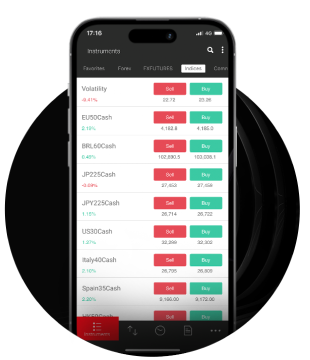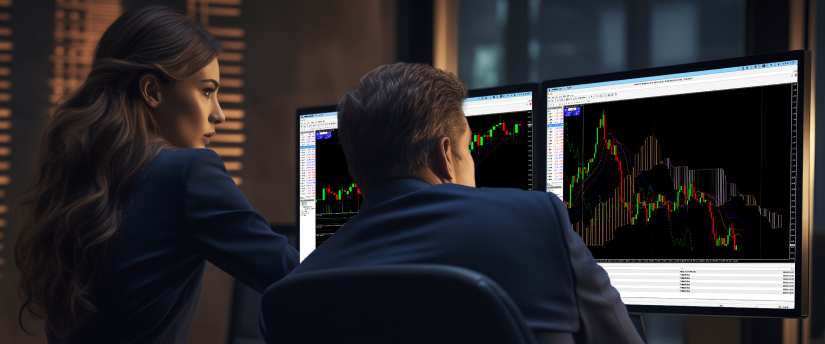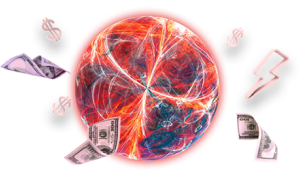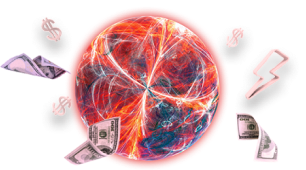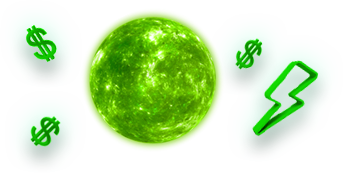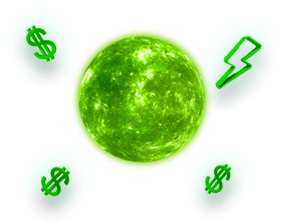Bien que la plupart du temps le forex concerne les chiffres et les graphiques, derrière chaque mouvement d’une paire de devises se cache une histoire. Les évolutions économiques, les événements politiques, les décisions des banques centrales et le sentiment du marché mondial font bouger les prix. Comprendre en profondeur ces causes sous-jacentes est l’objectif de l’analyse fondamentale.
Ce type d’analyse ne se limite pas aux fluctuations de prix à court terme, mais étudie plutôt les forces économiques et géopolitiques qui influencent la valeur des devises. Pour les traders de forex, maîtriser l’analyse fondamentale offre une compréhension encore plus approfondie du comportement du marché, tout en aidant à prendre des décisions de trading éclairées qui ne reposent pas uniquement sur des spéculations.
Lisez cet article pour tout comprendre sur l’analyse fondamentale et sur ce qui influence les mouvements des prix des devises.
Qu’est-ce que l’analyse fondamentale ?
L’analyse fondamentale fait référence à la méthode utilisée pour évaluer la valeur réelle d’une devise en analysant les facteurs économiques et financiers qui l’influencent. L’analyse fondamentale examine les variables qui affectent la valeur des devises, contrairement à l’analyse technique, qui se concentre sur les mouvements de prix passés et les modèles graphiques.
La croissance économique, la hausse des prix, la politique monétaire, les perspectives d’emploi, les actions du gouvernement et d’autres événements influencent tous les taux de change. Si l’économie d’un pays, par exemple, affiche une forte croissance et une hausse des taux d’intérêt, sa devise est souvent anticipée comme se renforçant par rapport aux autres.
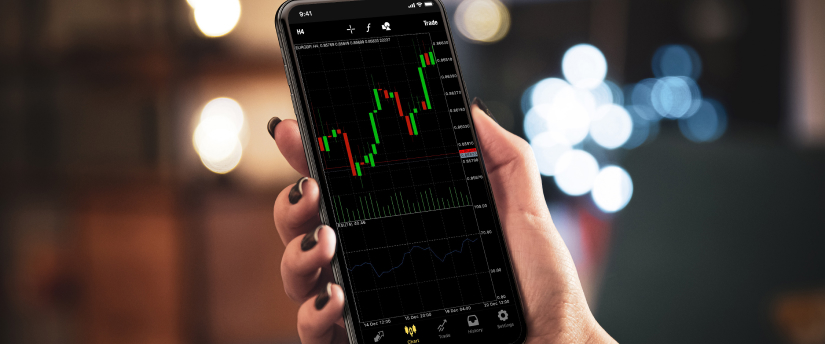
Une partie essentielle de l’analyse fondamentale concerne les banques centrales, car leurs politiques monétaires, leurs décisions sur les taux d’intérêt et leurs prévisions économiques peuvent fortement influencer les devises. C’est pourquoi les traders surveillent de près les déclarations, les procès-verbaux ou les discours des banques centrales. Ils cherchent à anticiper les changements de politique susceptibles d’affecter les mouvements des devises. Même le plus petit changement peut attirer ou repousser les investisseurs étrangers, ce qui peut à son tour modifier la demande d’une devise.
Quels sont les principaux moteurs économiques ?
Les indicateurs économiques sont au cœur de l’analyse fondamentale. La croissance du PIB mesure la production totale de biens et de services d’un pays. Il s’agit d’un indicateur clé, car un PIB en hausse est généralement le signe d’une économie solide et peut conduire à une devise plus forte. Les données sur l’inflation, comme l’IPC (Indice des prix à la consommation), sont tout aussi importantes. En raison d’une inflation élevée, les banques centrales peuvent augmenter les taux d’intérêt afin de maîtriser la hausse des prix.
Cela conduit souvent à un renforcement des devises. À l’inverse, une faible inflation peut signaler une faiblesse de l’économie et entraîner une baisse des taux d’intérêt. Cela pourrait affaiblir la devise.
Pour évaluer la santé d’une économie, il faut examiner les données sur l’emploi. Il existe des indicateurs tels que les chiffres du chômage ou les emplois non agricoles aux États-Unis, qui indiquent si le marché du travail est en expansion ou en contraction. Les dépenses de consommation et l’activité économique sont généralement soutenues par une forte croissance économique. Cela peut renforcer une devise.
Parmi les indicateurs supplémentaires figurent les ventes au détail et les chiffres de la production industrielle, qui donnent une indication de la solidité d’une économie. Ils aident également les traders à évaluer les tendances.
Parmi les indicateurs supplémentaires figurent les ventes au détail et les chiffres de la production industrielle, qui indiquent la force d’une économie. Ils aident également les traders à évaluer les tendances.
Les événements mondiaux impliquant la politique, entre autres, peuvent influencer les devises. Cela se produit parce que la confiance du marché est affectée, ce qui entraîne des changements très rapides dans la valeur des devises. C’est pourquoi les traders doivent toujours rester informés. Même les actualités et les rumeurs peuvent augmenter temporairement la volatilité.
L’analyse fondamentale en pratique
Les traders utilisent généralement l’analyse fondamentale pour mieux comprendre les tendances à moyen et long terme, plutôt que les fluctuations de prix à court terme. Comme le forex implique toujours des paires de devises, les traders examinent souvent la force relative d’une devise par rapport à une autre. Prenons un exemple. Lorsque nous voulons analyser le USD/EUR, cela implique d’étudier les indicateurs économiques de chaque région afin d_
Les attentes du marché sont également importantes pour les traders. Il arrive que le marché ait déjà intégré les données économiques anticipées ou les décisions des banques centrales. Pour comprendre l’impact réel, il est donc nécessaire de comparer les résultats réels avec ces attentes. Si les premiers diffèrent des secondes, il peut y avoir des réactions brusques sur les prix. Pour cette raison, au lieu de simplement surveiller les données, les traders prennent également en compte leur relation avec les attentes et le sentiment du marché.
L’analyse fondamentale s’intéresse également aux communications des banques centrales. Des indices sur les futures décisions de politique monétaire peuvent être obtenus à partir de déclarations officielles, de rapports ou de résumés de réunions. Par exemple, les traders peuvent acheter une devise s’ils s’attendent à ce qu’une banque centrale augmente les taux d’intérêt pour maîtriser l’inflation, dans l’espoir d’obtenir des rendements plus élevés. De même, s’il existe des rumeurs d’une possible baisse des taux d’intérêt ou d’un stimulus financier, les traders peuvent vendre une devise.
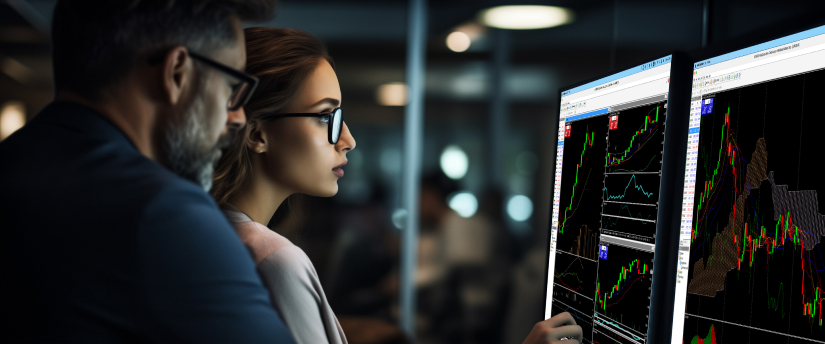
Pourquoi l’analyse fondamentale est-elle importante ?
L’analyse fondamentale est utile dans le forex car elle montre ce qui influence les marchés. Comprendre ces facteurs aide les traders à suivre la tendance et à prendre des décisions éclairées. De plus, l’objectif n’est pas seulement de réagir aux changements soudains des prix, mais aussi d’apprendre à planifier les transactions à long terme.
Cependant, de nombreux facteurs influencent les prix simultanément, ce qui rend le marché complexe. Des événements tels que des catastrophes naturelles, des bouleversements politiques ou des changements soudains de politique peuvent rapidement modifier les attentes du marché. Lire et interpréter les données prend également du temps et nécessite une attention particulière. Le sentiment du marché et la spéculation peuvent également faire évoluer les prix d’une manière qui ne correspond pas aux fondamentaux à court terme.
Pourquoi les devises évoluent-elles ? Un bref résumé
Comme mentionné précédemment, les devises sur le forex sont échangées par paires. Par conséquent, chaque mouvement de prix reflète la force d’une économie par rapport à une autre. Par exemple, lorsque des taux d’intérêt plus élevés sont attendus aux États-Unis, les investisseurs achètent souvent le USD et vendent l’autre devise de la paire. Si une croissance plus faible est si_
Voici quelques-uns des principaux facteurs qui font bouger les devises.
Décisions sur les taux d’intérêt
Des taux plus élevés attirent davantage d’investisseurs, ce qui renforce la devise.
Changements inattendus dans l’économie
Alors qu’un PIB solide ou de bons chiffres de l’emploi peuvent inciter les traders à acheter, de mauvaises performances entraînent généralement des ventes.
Évolutions politiques
L’incertitude peut être accrue par des élections, des accords commerciaux ou des conflits, provoquant des mouvements soudains.
Sentiment du marché
L’appétit mondial pour le risque ou la peur pousse souvent les capitaux vers les devises refuges comme le USD, le CHF ou le JPY.
Comprendre comment ces éléments fonctionnent permet aux traders de voir ce qui se cache derrière un graphique, plutôt que de simplement réagir aux fluctuations des prix.
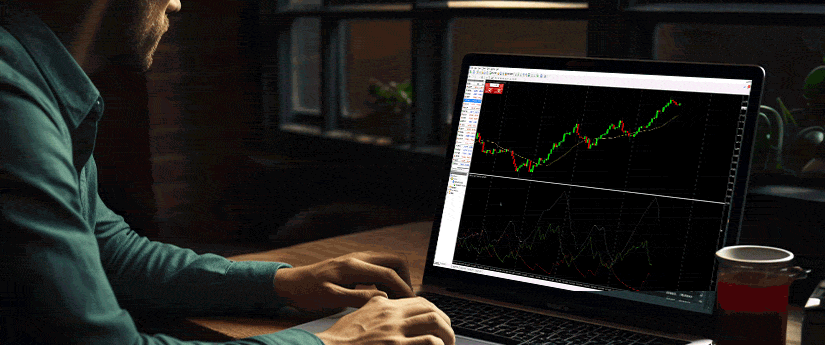
Dernières réflexions
L’analyse fondamentale aide les traders du forex à comprendre pourquoi les prix des devises changent. En examinant des éléments tels que l’économie, les décisions des banques centrales, les données sur l’emploi, le commerce entre les pays et les événements politiques, les traders peuvent voir ce qui influence la valeur d’une devise. Bien que le moment des transactions puisse ne pas être précis, l’analyse fondamentale aide les trader
Certains traders combinent même l’analyse fondamentale avec l’analyse technique afin d’adopter une approche encore plus solide, offrant ainsi une orientation globale et des conseils pratiques. Enfin, pour transformer les spéculations en une démarche plus structurée et confiante, il est essentiel de comprendre les facteurs qui influencent les mouvements des prix des devises.
Avertissement :
Ces informations ne sont pas considérées comme un conseil en investissement ou une recommandation d'investissement, mais plutôt comme une communication marketing.
